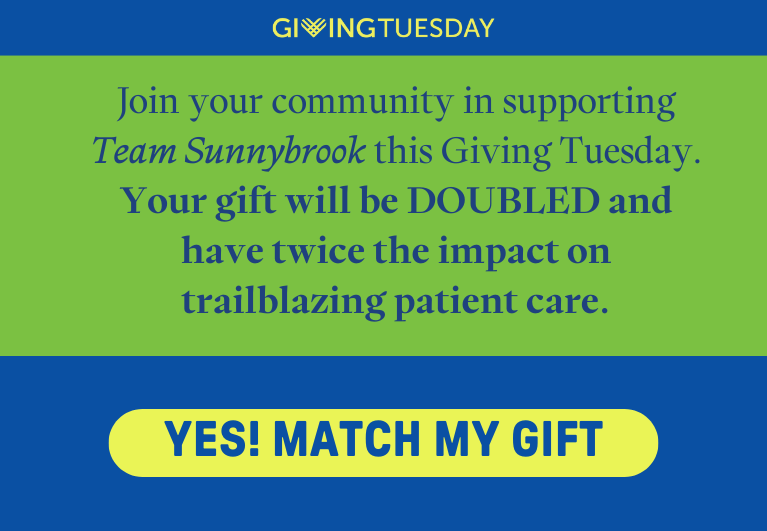Active Surveillance 'safe', Long Term Follow-up Indicates
Sunnybrook researchers lead individualized approach for favourable risk and intermediate risk prostate cancer which is shown to be safe and feasible in a 10 to 15 year time frame.
Up to 13 years follow-up of a new, substantially larger cohort of favourable risk prostate cancer patients managed with Active Surveillance with Selective Delayed Intervention shows a 10-year prostate cancer actuarial survival at 97.2 per cent, Sunnybrook researches reveal in an updated analysis published online in the Journal of Clinical Oncology.
"We hope this mature data will help quell resistance to the approach of Active Surveillance which is aimed at reducing overtreatment and radical treatment side effects in men with low-grade prostate cancer. With this group, we also found at 10 years, the likelihood of death from non-prostate cancer causes was 18.6 times greater, than death from prostate cancer," says Dr. Laurence Klotz, first author and chief, Genitourinary Cancer Care team, Sunnybrook's Odette Cancer Centre.
When Gary Dailey, age 66, was first diagnosed with favourable risk prostate cancer, the only option locally available was surgery. His response was, "Just how much cancer did they find?" His cancer was very small. In September 2005, Gary opted for a less radical approach through Active Surveillance. "Surgery, radiation - these are treatment options I'd rather save for later if needed - not for the start."
Sunnybrook researchers followed up over a median period of 6.8 years (range 1 - 13 years) with 450 patients being managed with Active surveillance. Findings indicated overall survival at 78.6 per cent. 30 per cent of the cohort were reclassified as higher risk and were offered definitive therapy.
PDF / View full media release »









